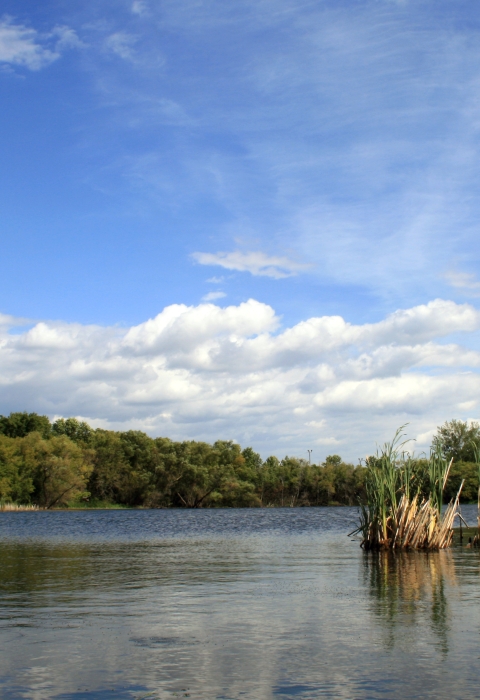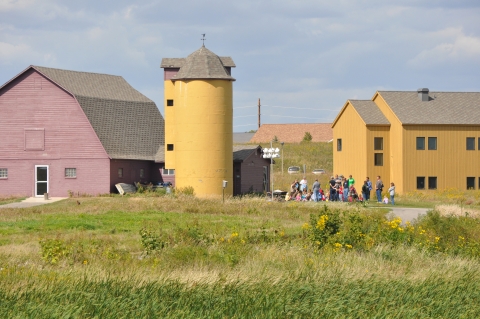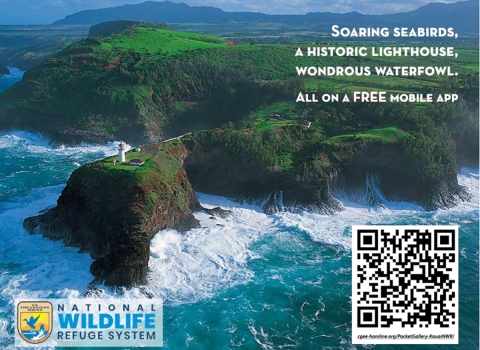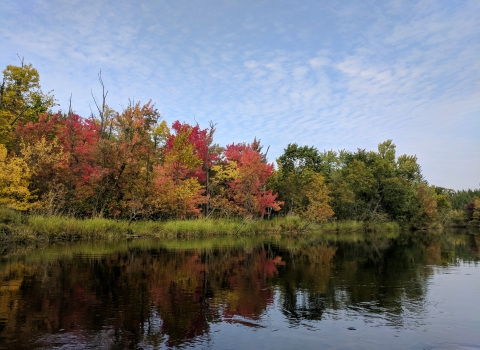The Prairie Wetlands Learning Center has been, and will continue to be, a shining beacon on the prairies of western Minnesota. For more than 25 years, the center or as it’s known locally as “Prairie,” has been a product of partnerships, ingenuity and raw determination of those with a vision for a place where people and learning in the outdoors intersect. Through the dedication of many, this facility developed into a regional destination that provided outdoor education opportunities for more than 20,000 school children from 30 local communities annually. Since the late 1990s, the Prairie has served as a community connection hub for dozens of service clubs, conservation organizations and home to the Fergus Falls School District’s Prairie Science Class. Through these endeavors, the Prairie has become woven into the fabric of our community and nationally recognized for its work.
Recently, concerns have been raised about staffing and the future of the Prairie Wetlands Learning Center. The facility is not closing, however, staffing concerns are real and a circumstance that the U.S. Fish and Wildlife Service has been managing for some time. In fact, the National Wildlife Refuge System which includes the center, has experienced a 25% loss in staffing since 2011. The loss of more than 800 positions nationally has required some refuge offices to close to the public, and or, reduce services to the communities in which they reside. We are experiencing these same losses and feeling the effects.
Staffing at the Prairie Wetlands Learning Center has been hit hard with recent retirements and staff departures that have required the center to scale back hours of operation to our visitors and reduce services. Since February 2022, we have lost 60% of our permanent staffing capacity and another retirement this month will add to these losses. In addition, two to four part-time positions that supported maintenance to PWLC facilities, as well as seasonal increases in school groups have also not been filled. As a result, the visitor center has only been able to open its doors to the public one day per week for the past two years and we have needed to suspend some services to area schools and organizations that were previously provided.
While staffing concerns are likely to continue for the foreseeable future, resources that support other aspects of our agency’s work have been strong. Locally, a passersby may have noticed replacement of the aging siding of the visitor center and a reconfiguration of the parking lot to enhance visitor safety. We have been very fortunate to receive funding that supports these important infrastructure improvements while others continue to impress upon the need for adequate funding for staffing.
During these difficult times, we have become more dependent upon our partners to provide assistance that keeps programs running. We are humbled by the generosity of our partners and the incredible outpouring of support from this community. Working side by side with partners has and continues to be a hallmark of the center and the work of the U.S. Fish and Wildlife Service more broadly.
We are working closely with staff from all levels of our organization to inform them of our ongoing staffing concerns at the Prairie Wetlands Learning Center and advocate for resources capable of stabilizing our downward trend. In the short term, we will need to rely upon our partners including the Friends of the Prairie Wetlands Learning Center, to provide resources that will allow critical work and programs to continue. We look forward to working together to solve this crisis and restore the Prairie and meet our commitments to this community.



